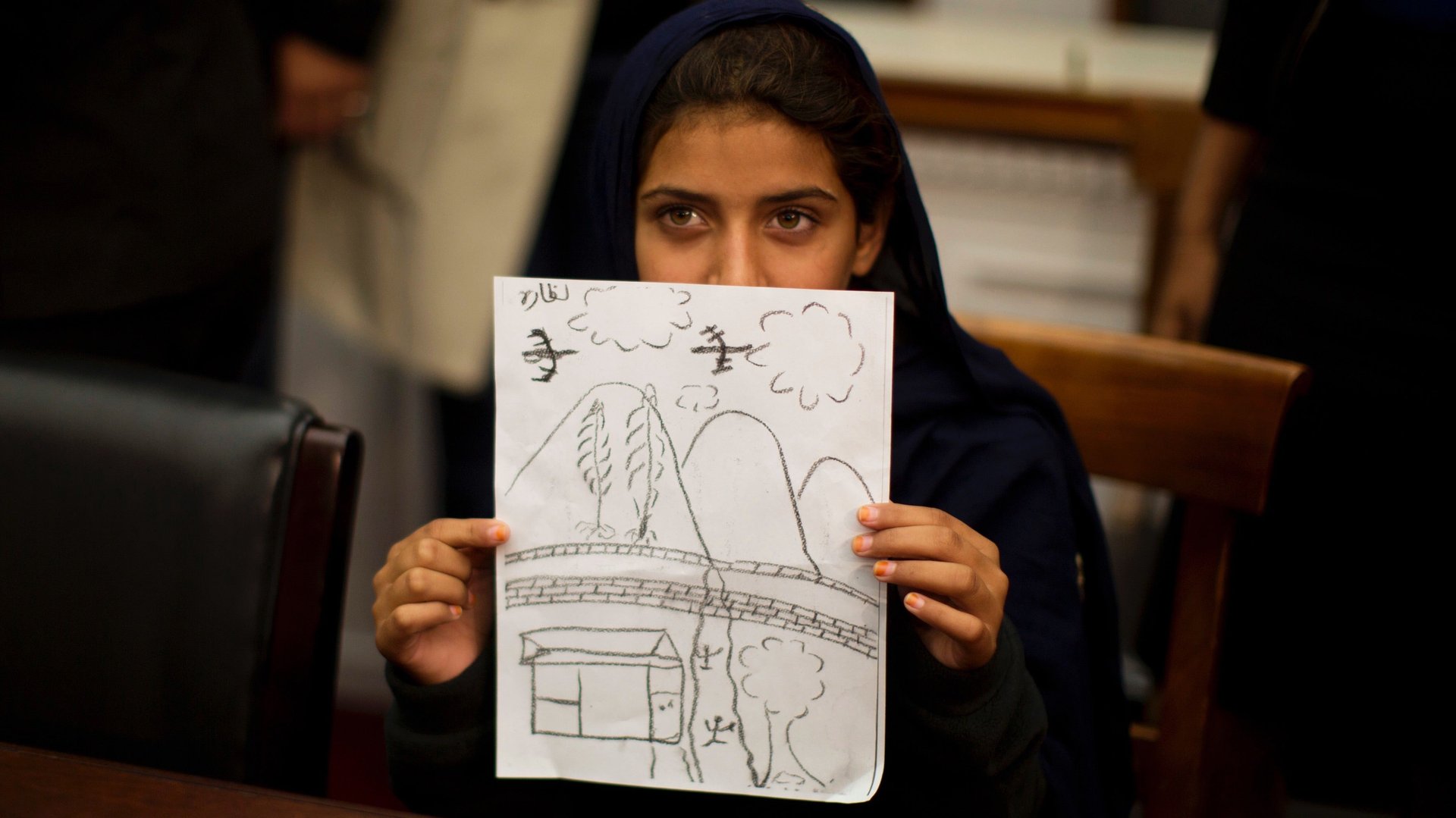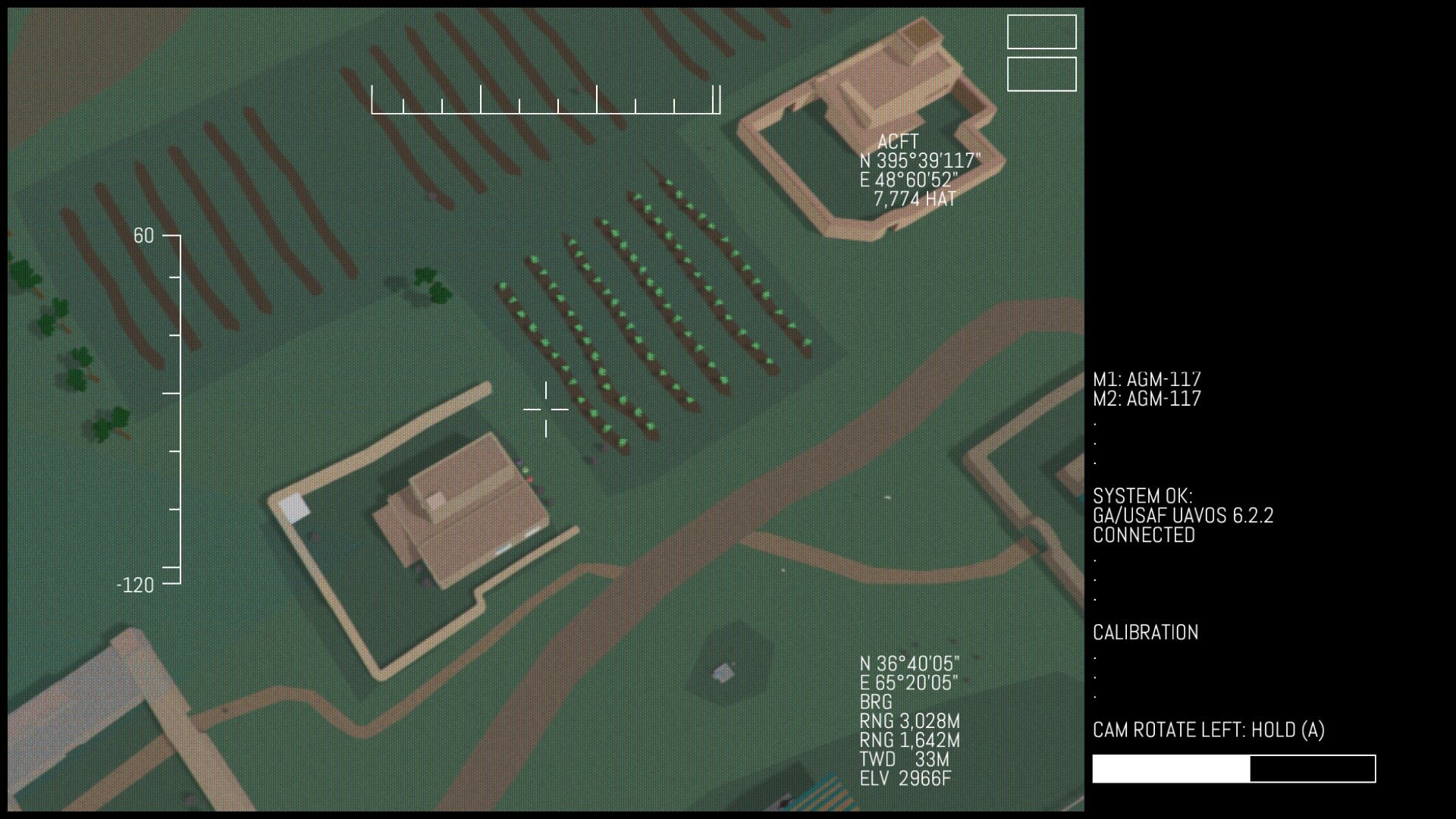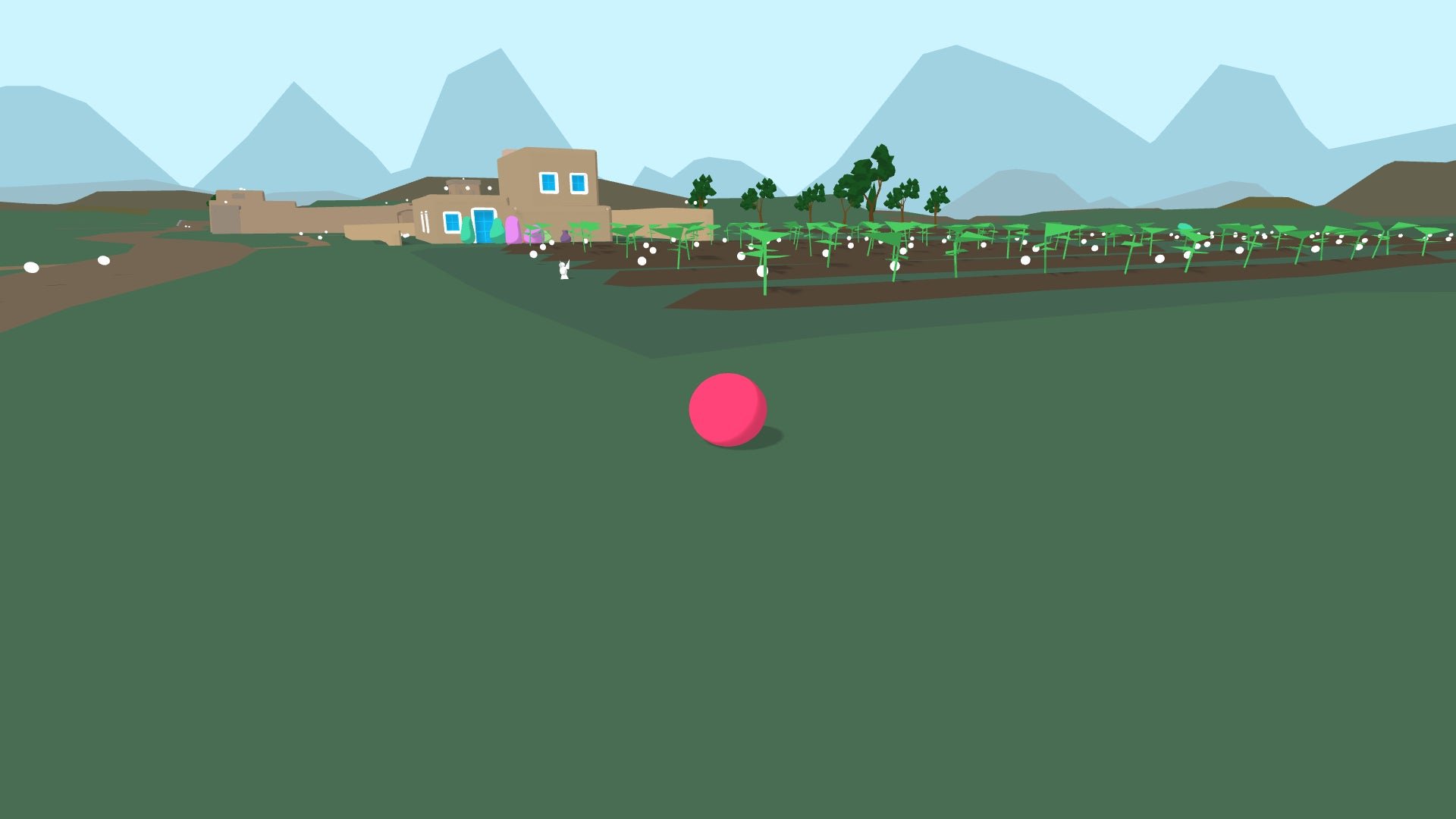The drone-strike game “Killbox” plunges players into the most dehumanizing aspect of modern warfare
Hundreds of civilians—including over 96 children—have died in drone strikes by the Syrian and Russian governments in rebel-held eastern Aleppo. The US has raged a “shadow war” in Africa with these unmanned aerial vehicles, and the military has increased drone strikes despite evidence that the tactic kills more civilians than terror suspects. Adding to the horror is the fact that the attacks are carried out by soldiers in remote locations, far removed from their targets. It’s a modern moral dilemma, and now, a video game hopes to raise awareness of what the destruction really looks and feels like.


Hundreds of civilians—including over 96 children—have died in drone strikes by the Syrian and Russian governments in rebel-held eastern Aleppo. The US has raged a “shadow war” in Africa with these unmanned aerial vehicles, and the military has increased drone strikes despite evidence that the tactic kills more civilians than terror suspects. Adding to the horror is the fact that the attacks are carried out by soldiers in remote locations, far removed from their targets. It’s a modern moral dilemma, and now, a video game hopes to raise awareness of what the destruction really looks and feels like.
Killbox, an online two-player game named after the military term for an area targeted for destruction, serves as a critique of drone warfare. One player is a civilian exploring her surroundings with few instructions. The second player is guided with tasks, leading up to the administration of a drone strike. Even if the drone pilot player refuses to deploy the weapons, autopilot kicks in and carries out the attack. When it hits, the drone pilot can see the extent of the destruction on the ground but hear nothing. Meanwhile, the child on the ground is barraged by sound. And just in case the first strike doesn’t demolish enough, a second strike is administered—the classic “double-tap” attack to stop rescuers from getting help to the injured and retrieving the deceased.
Then, the game asks you to estimate number of people killed. There’s no right answer. It’s just meant to trigger a wave of remorse. When the round ends, the roles switch—the drone pilot is now a civilian on the ground and vice versa—and it happens all over again.

Joseph DeLappe, one of Killbox’s creators, has dedicated much of his work to revealing the brutal narratives of military warfare. For instance, in 2006, DeLappe, an artist and activist from Nevada, played America’s Army, a game created by the defense department as a recruitment tool, under the username dead_in_iraq. Instead of playing the combat game, he memorialized the name and date of death for every military service member who died in Iraq by typing it into the game’s messaging system for all users to see. At the start of 2015, DeLappe teamed up with three Scottish game developers at the Biome Collective in Dundee—Malath Abbas, Tom deMajo and Albert Elwin—to create Killbox.
“The more I learned about the use of weaponized drones by our military and CIA around the globe in what were essentially illegal assassinations, I was rather horrified—particularly by the seeming growing numbers of innocents who were as well being killed,” DeLappe told Quartz.
The US government claimed that between 64 to 116 civilians had been killed in counter-terrorism strikes in Pakistan, Yemen, Somalia and Libya between January 2009 and the end of 2015. The Bureau of Investigative Reporting pegs the casualties at 380 to 801.
Through Killbox, the creators are attempting to make the devastation personal, rather than a number.
The drone-strike game makes the civilian wander through a farm modeled on one where a grandmother and her family were killed by a drone strike in Pakistan’s north Waziristan area in 2012. The characters in the game aren’t realistic though—they look like odd-shaped blobs. At first, non-human avatars seem less effective, but there’s meaning behind the simplistic design: “We were looking at the map where the drone strike killed people and these maps identified victims with little dots,” said DeLappe. “Almost like map pins, like they’ve been symbolically degraded in some way.”

Despite evidence of widespread collateral damage, 58% of Americans approve of the US conducting missile strikes from drones to target extremists, according to Pew Research Center. The game isn’t directly trying to change those opinions, it wants to place people closer to the situation to let them make their minds up. ”For me, Killbox is an experiment in creating a game that encourages empathy and critical thinking about our embrace of remote technologies of war and to question the costs and consequences of our seemingly endless war on terror,” DeLappe said.
The team has previously set up installations in the UK, Germany, South Africa, and the US, where players sit at computers opposite each other. At the Electronic Entertainment Expo in Los Angeles in June, several people left the experience in tears, DeLappe recounts. “Generally people are very affected by the game. There is a moment of recognition when the drone strike happens. A kind of ‘wait, did you just blow me up?’ as one looks across the table at the other player.”
The second iteration of their game will be released at the NEoN Digital Arts Festival in Dundee in November, and its PC and Mac versions will be available to download worldwide then too. The team is working on having their work showcased in Pakistan.